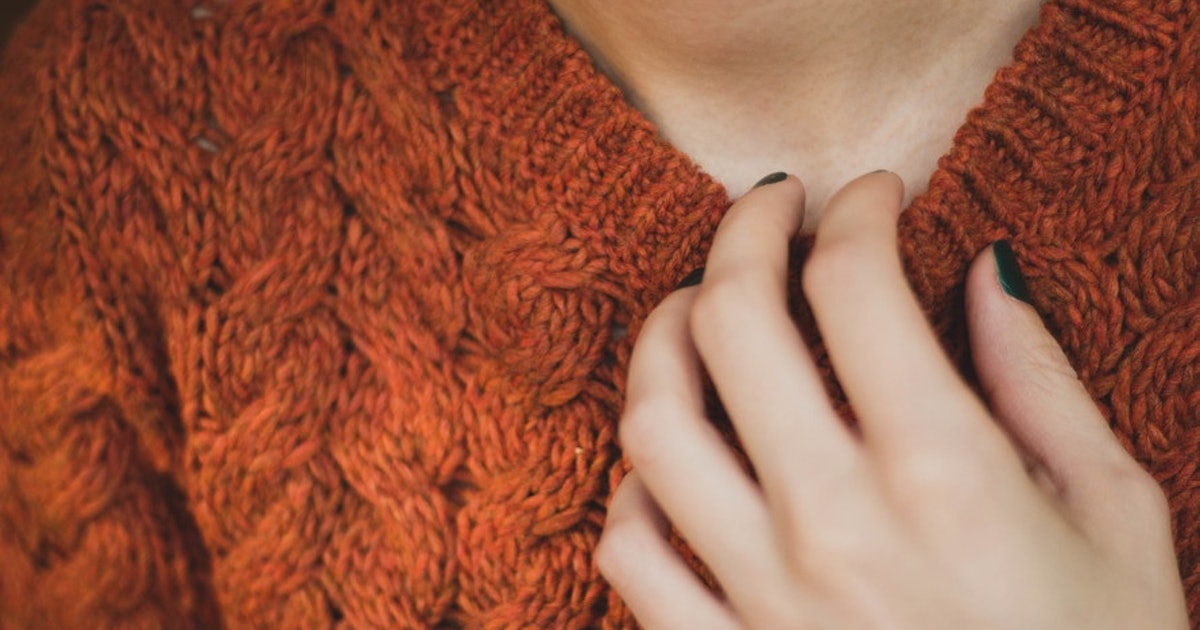Methods Of Treating And Preventing Autonomic Dysreflexia
Autonomic dysreflexia, a syndrome that leads to a sudden onset of high blood pressure and can be accompanied by low heartbeats, is not uncommon. In fact, about fifty percent of individuals with a spinal cord injury get it. It is most common in individuals with spinal cord injuries, at, or above the thoracic (T6) nerves of the spine or above. If not properly managed, autonomic dysreflexia can lead to seizures, a stroke, or even death. When the skin or bladder is irritated, signals are sent to the spinal cord, which triggers a reflex action. This reflex tightens blood vessels below the injury, causing blood pressure to rise. Preventing and treating autonomic dysreflexia is extremely crucial.
Sit Up When Possible

Sitting up helps blood move to the lower parts of the body and helps ease blood pressure. Individuals should stay in the correct posture, which means having their back straight and raising their head so they are looking straight forward. If individuals are in a position to lower their legs, they should do so. If they have to transfer to a bed or are in bed, individuals must keep their head and upper body elevated from the lower part of their body. Lying down can elevate their blood pressure even more. Therefore, when an episode comes on, individuals should sit up when possible and remain in this position until their blood pressure is back to normal.
Take Off Tight Clothes

At times, autonomic dysreflexia can be caused by skin conditions. When individuals feel the symptoms coming on, they should check for and take off any tight clothes they are wearing. An abdominal binder, necktie, compression socks, leg-bag straps, collars, belts, and shoes also fall under this category. As a preventative measure, individuals should wear loose-fitting clothes. In cooler months, they can layer clothes to ensure they are warm enough, but they should still be loose-fitting. Something else individuals can do is to avoid tight-fitting shoes or have shoes they can easily slide on and off at intervals. Their body might not be as sensitive as before, which means their ability to know their clothes are restrictive has to come more from vision than actually feeling restricted.
